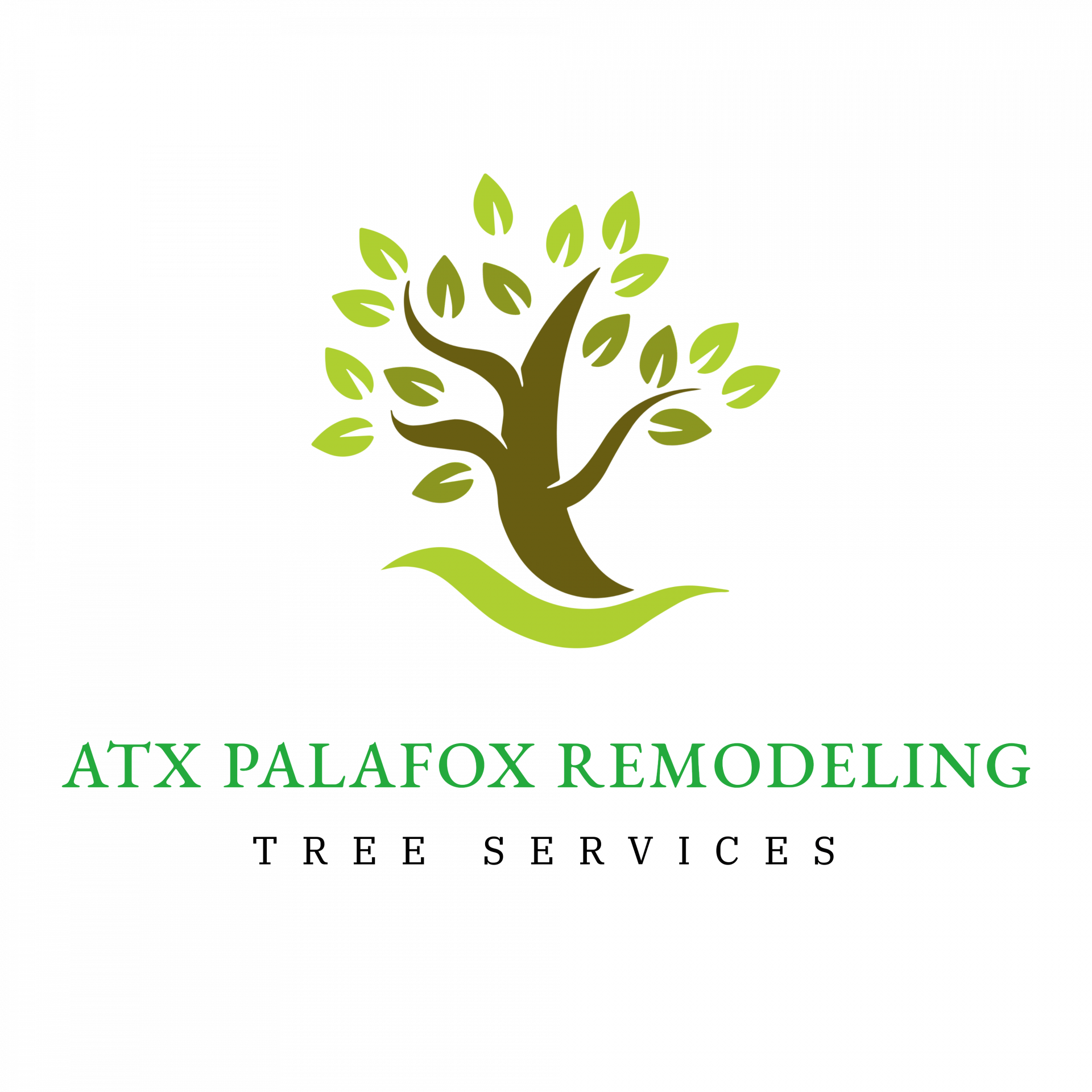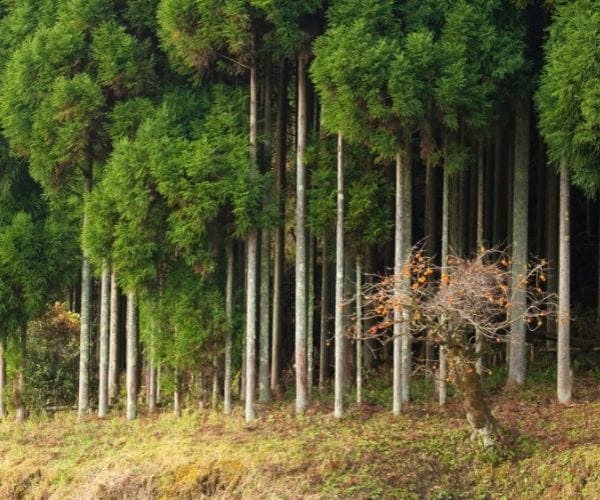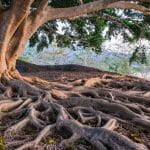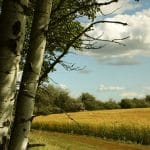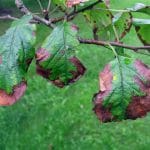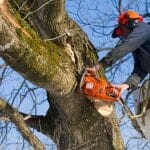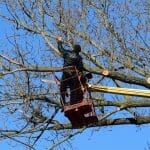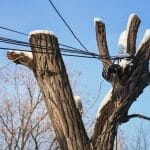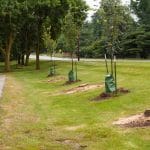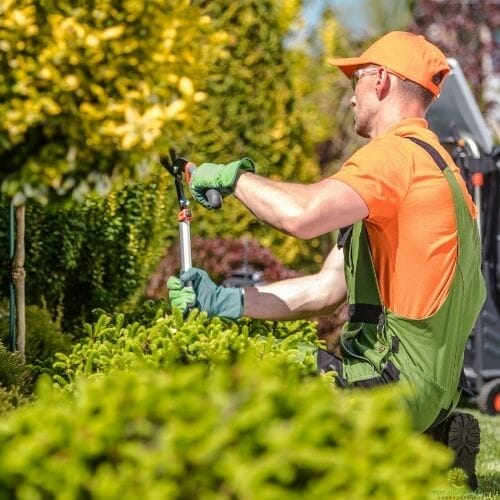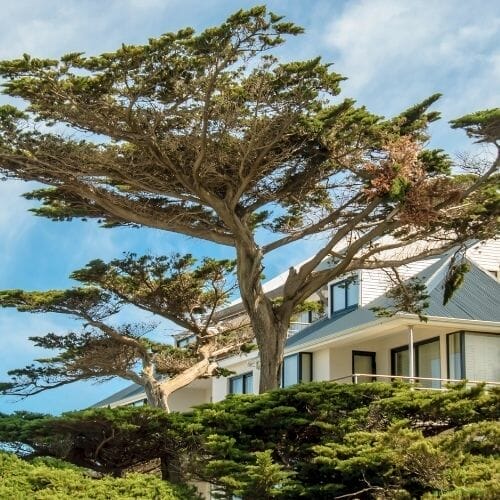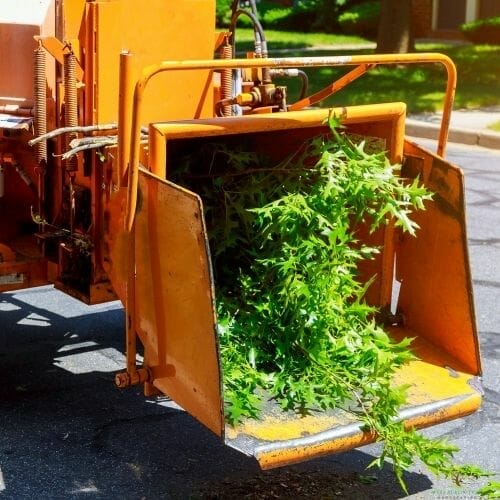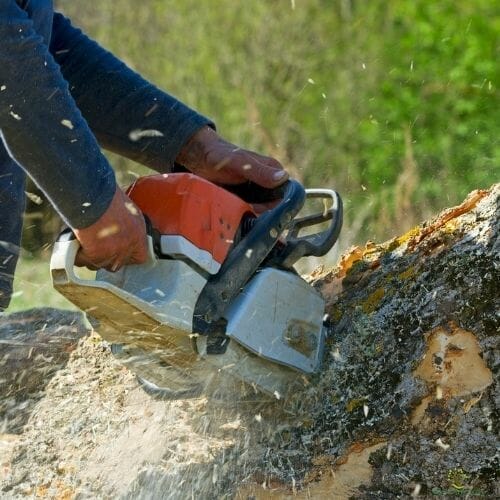Cedars are native to many parts of the world. They usually grow in areas with lots of moisture. Cedar trees can grow to over 100 feet tall! It’s a good idea to know how big a tree you’re planting is going to get. So, how tall can a cedar grow? That depends on many factors but speaking in general, cedars have a medium to fast growth rate.
Cedars, in general, grow faster than most other trees and can grow up to 25 inches per year. But usually, they grow in a range of 12 to 24 inches a year.
True vs False Cedar
There are several species of trees known as “cedars.” Some are true cedars and others are false cedars, and some are even related to cedars. The true cedars are not native to North America.
However, three types can be grown in some regions, like the Pacific Northwest, including the deodar (Cedrus deodara, USDA zones 7-9), the Atlas (Cedrus atlantica, zones 6-9), and the Ceder of Lebanon (Cedrus libani, zones 5-7).
The “true” cedars are a plant group that is native to North Africa, Lebanon, the eastern Mediterranean, and the Himalayas. Most of the cedars you know in North America tend to actually be “faux cedars,” members of the cypress family, the Cupressaceae.
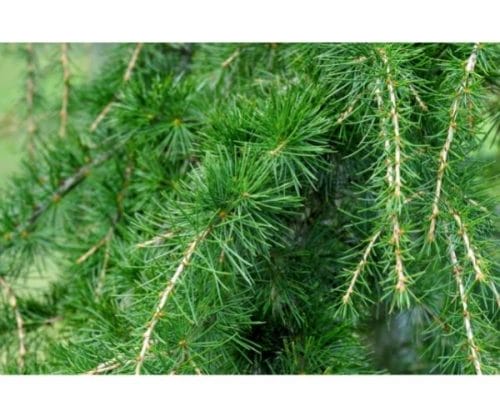
The Most Popular Cedar
Among these cypress-not-cedars are some of the most popular ornamental trees in the United States — the Eastern white cedar, such as the Emerald Green arborvitae (Thuja occidentalis ‘Smaragd,’ zones 2-9), which grows about a foot a year, up to 20 feet tall and 5 feet wide.
However, it’s not a great choice for colder climates, as it requires lots of water. This can also cause dehydration in colder seasons. Instead, consider the Brandon arborvitae (Thuja occidentalis ‘Brandon,’ zones 3-8), growing a max of a foot a year, up to 15 feet high by 8 feet wide.
Some of these cypress-not-cedars are among the most popular ornamental trees in the United States — Eastern white cedar, such as the Emerald Green Arborvitae (Thuja occidentalis ‘Smaragd’, zones 2-9), which grows about a foot a year, up to 20 feet tall and 5 feet wide (Thuja occidentalis ‘Brandon,’ zones 3-8). These trees do need a lot of water, however, so they’re not great choices for colder climates.
The moderately sized cedars are popular for hedges, including the Emerald Green and Brandon. But you’ll have to watch out for their roots, which can grow in dense, fine networks and reach 20 feet into the ground. You should plant such cedars at least 20 feet away from your home.
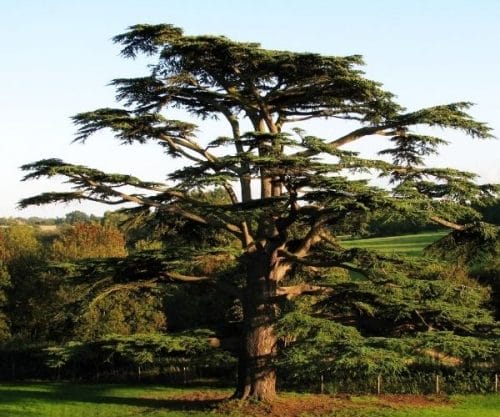
West Coast Faux Cedars
The Olympic National Park in Washington is one of America’s most beautiful national parks. It’s on the edge of the Pacific Ocean, just outside of Port Angeles, and has a temperate rainforest climate. There are Western red cedars here that can grow over 200 feet tall with diameters up to 23 feet. These are considered to be giants of the Pacific (Thuja plicata, zones 5-7).
‘Eastern Red Cedar’ Misunderstanding
The High Plains Journal says there’s a war going on in Texas and elsewhere against ”Eastern red cedar” (aka Eastern redcedar). They’re actually junipers (a member of the Juniperus genus), but that doesn’t make them any less hardy. They’re tolerant to drought, salt, cold as well as heat, and live for 500 years. But like the rest of the cedars you’re familiar with in North America, they’re not true cedars.
Read more to learn about tree services in your area.
